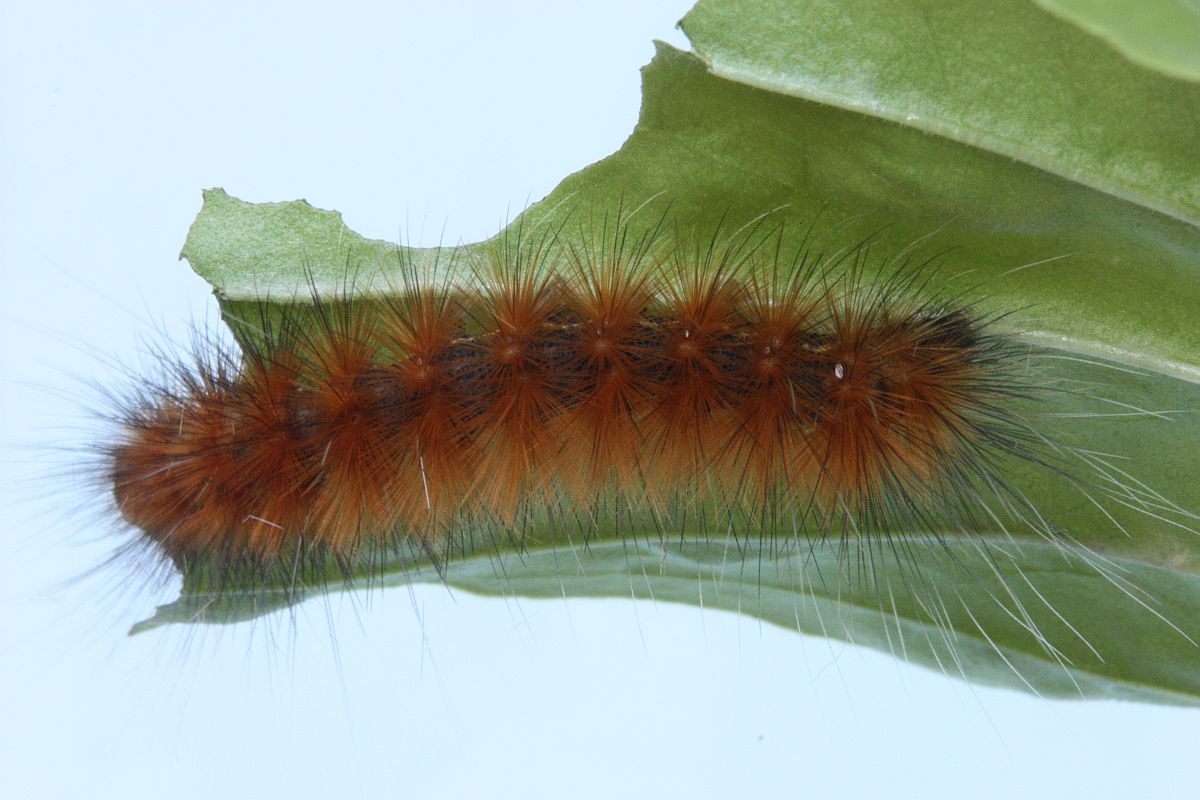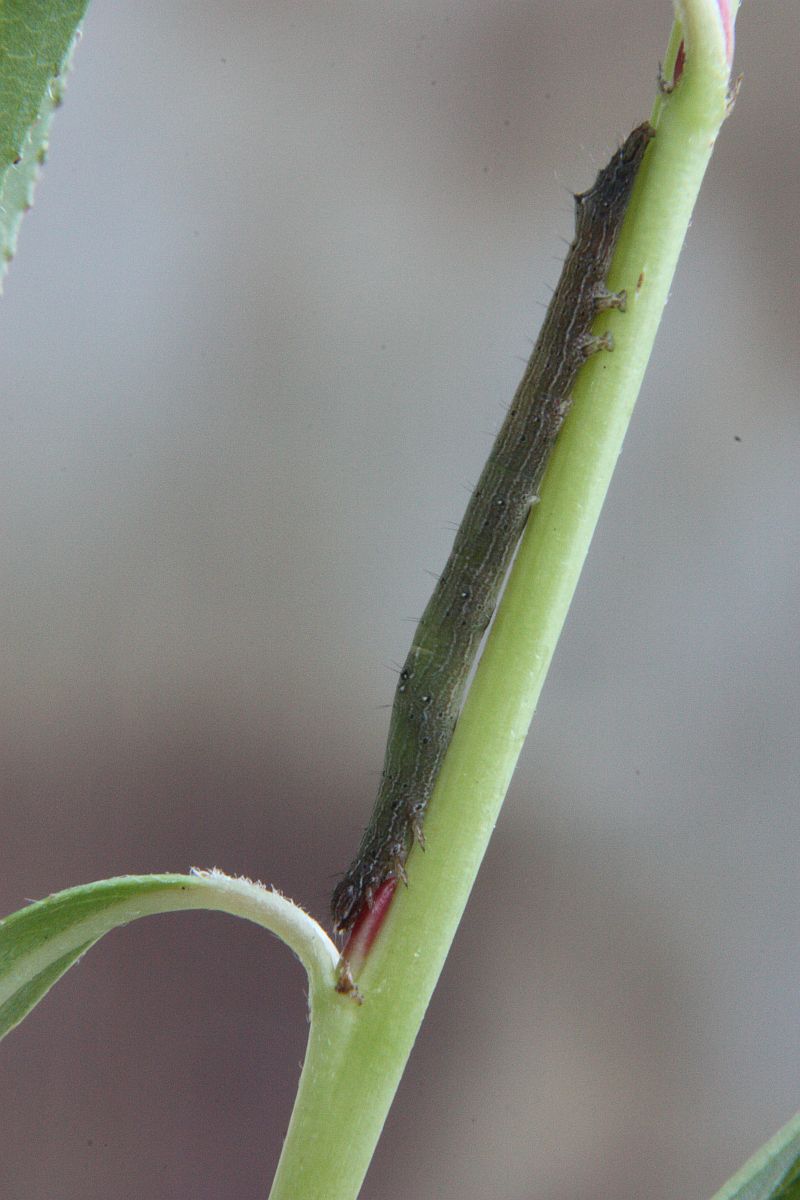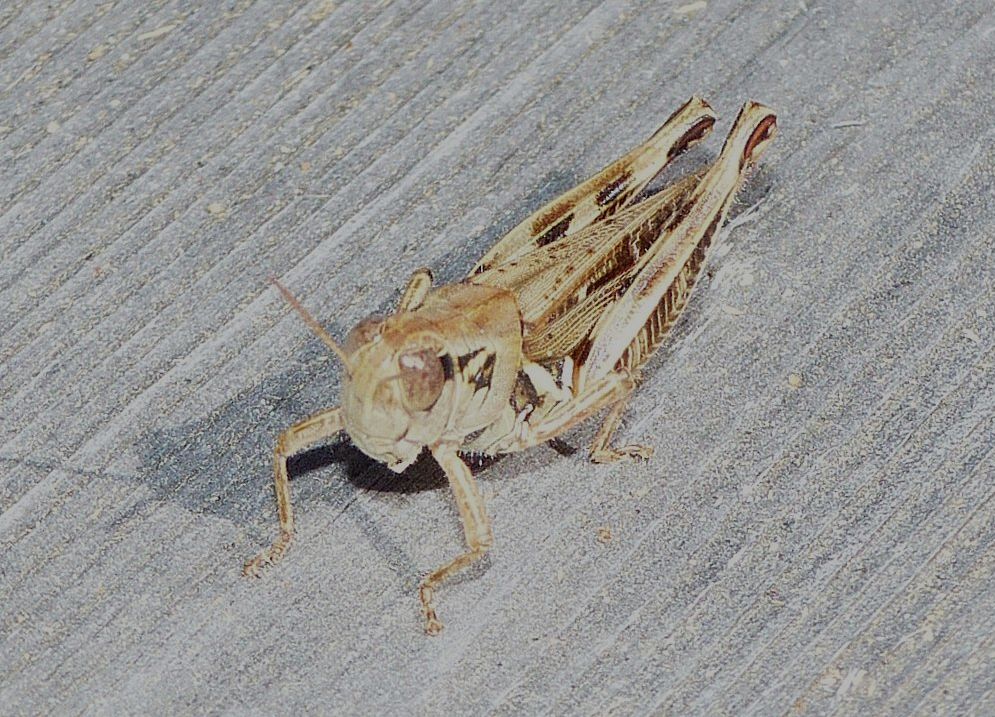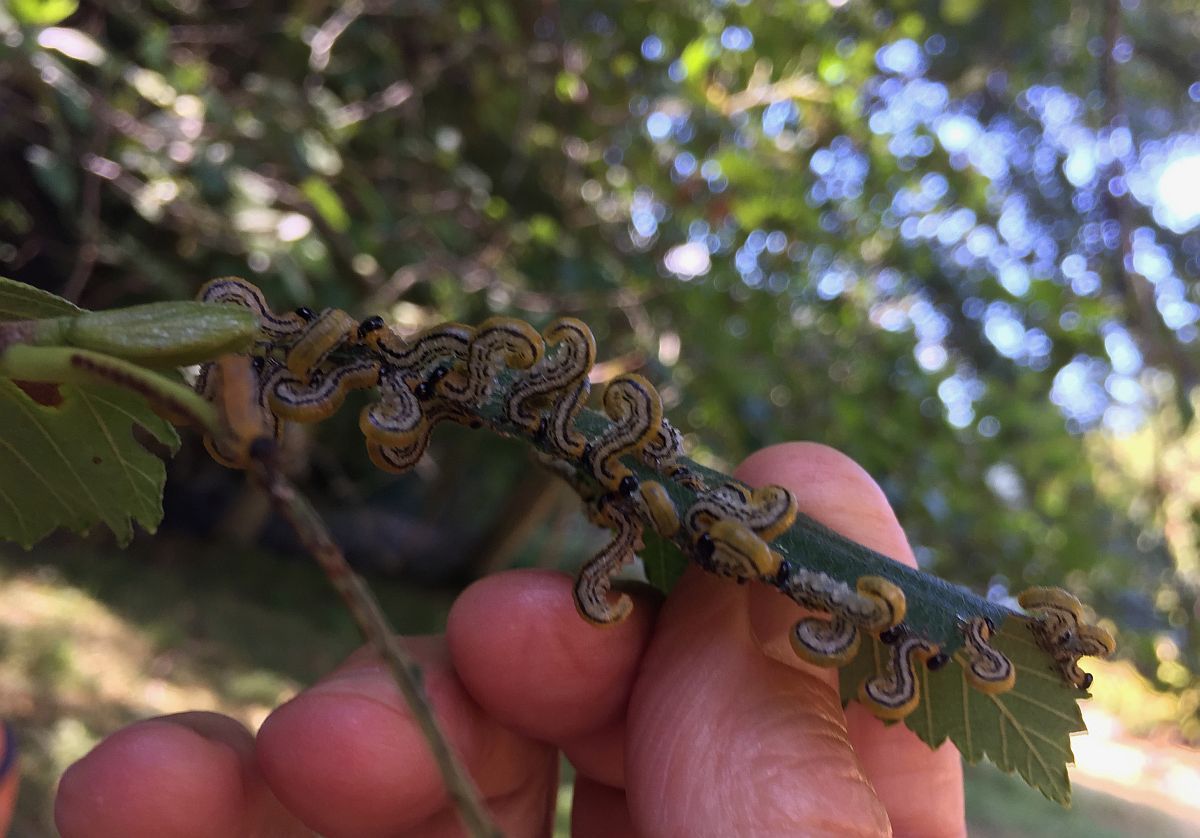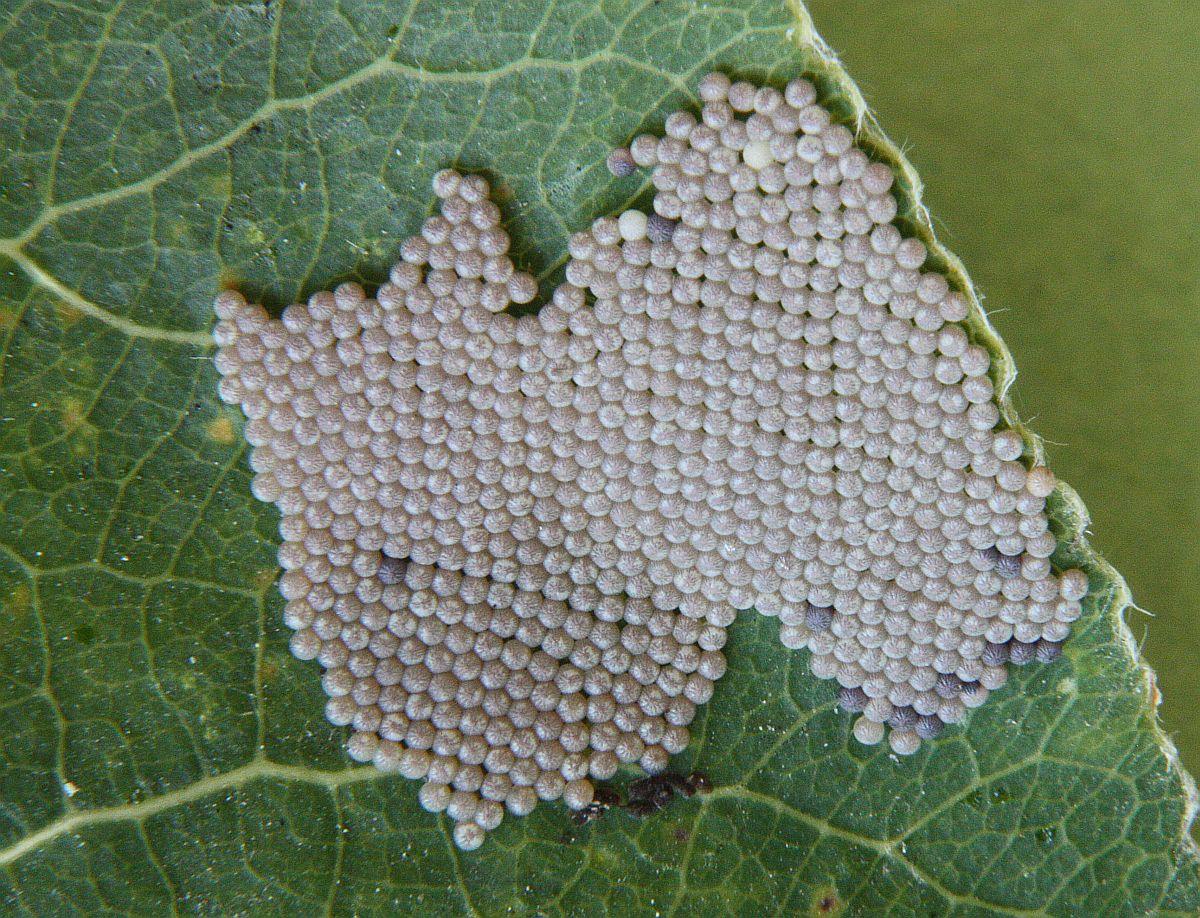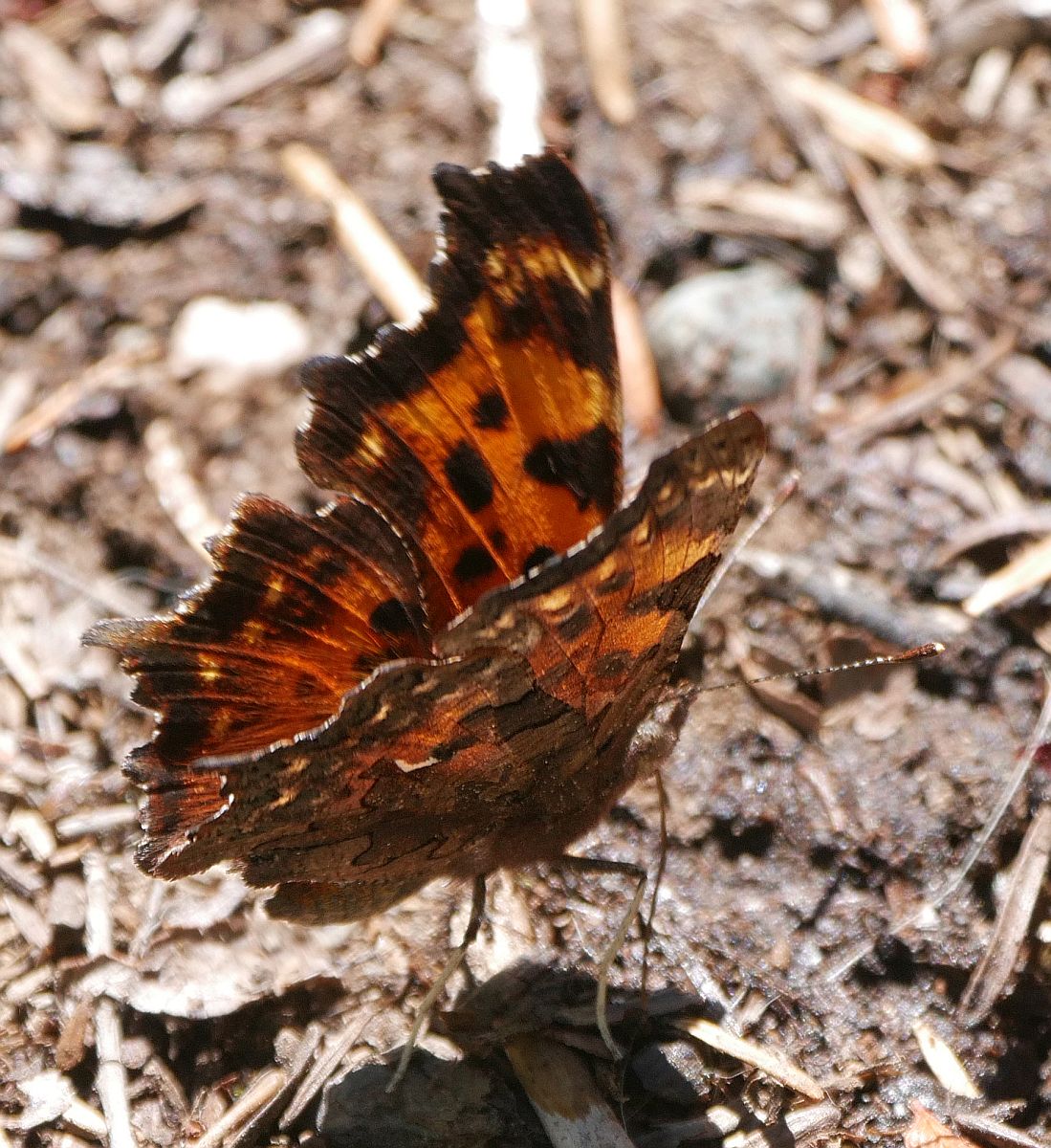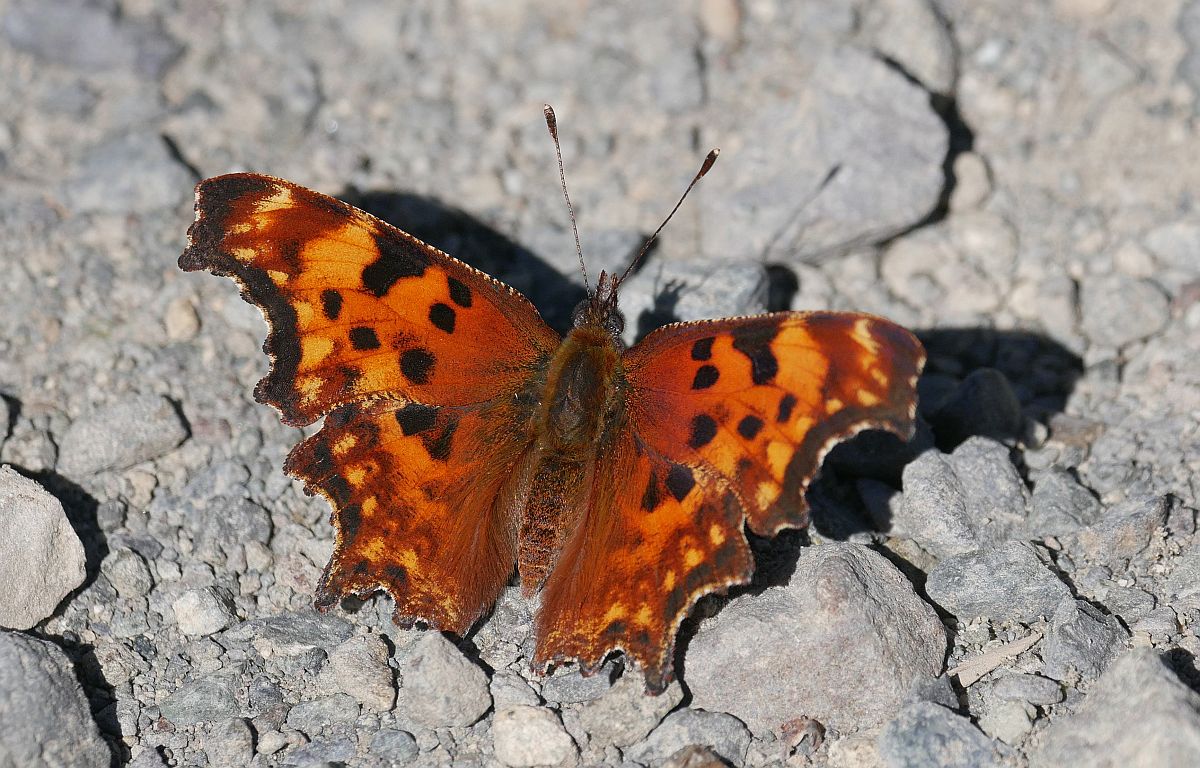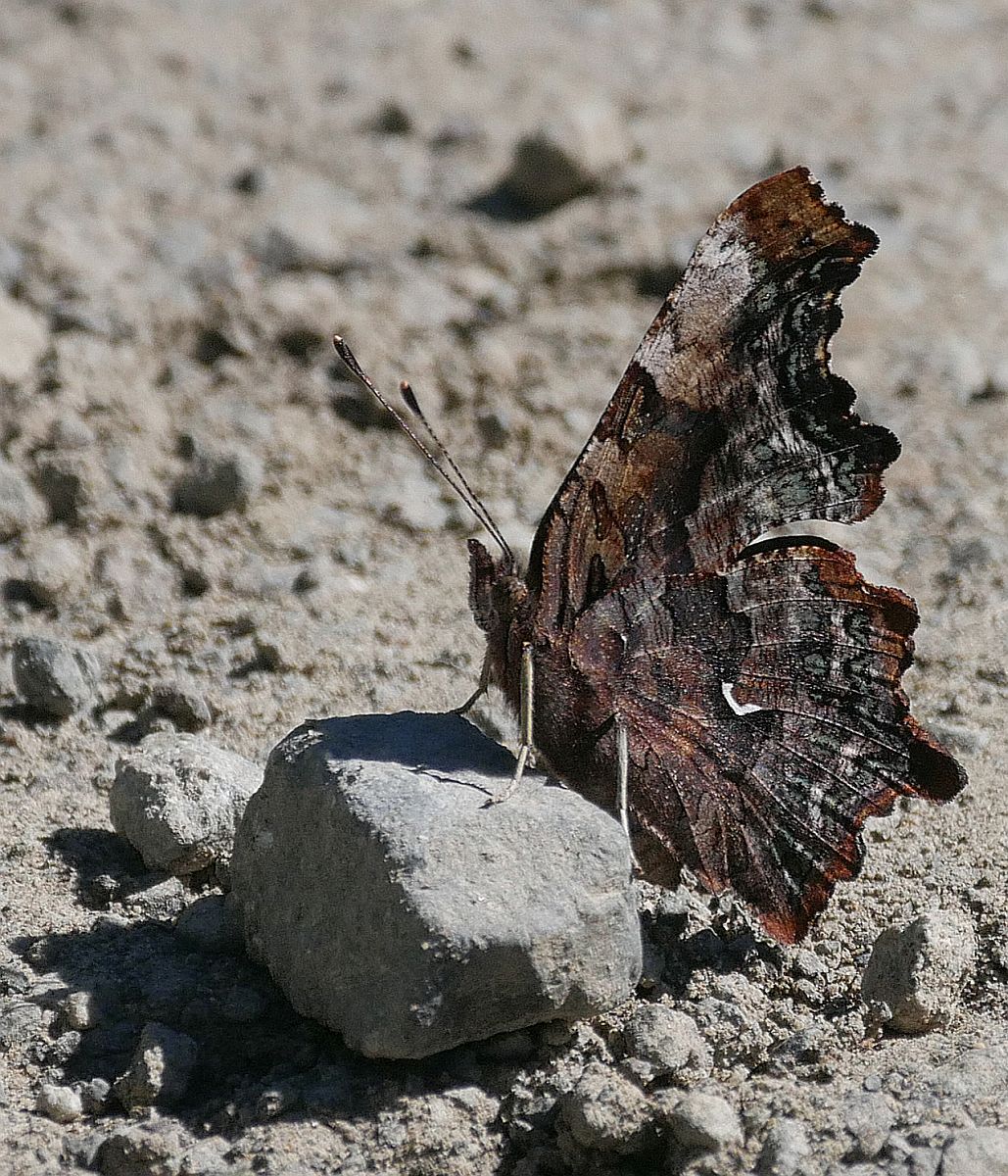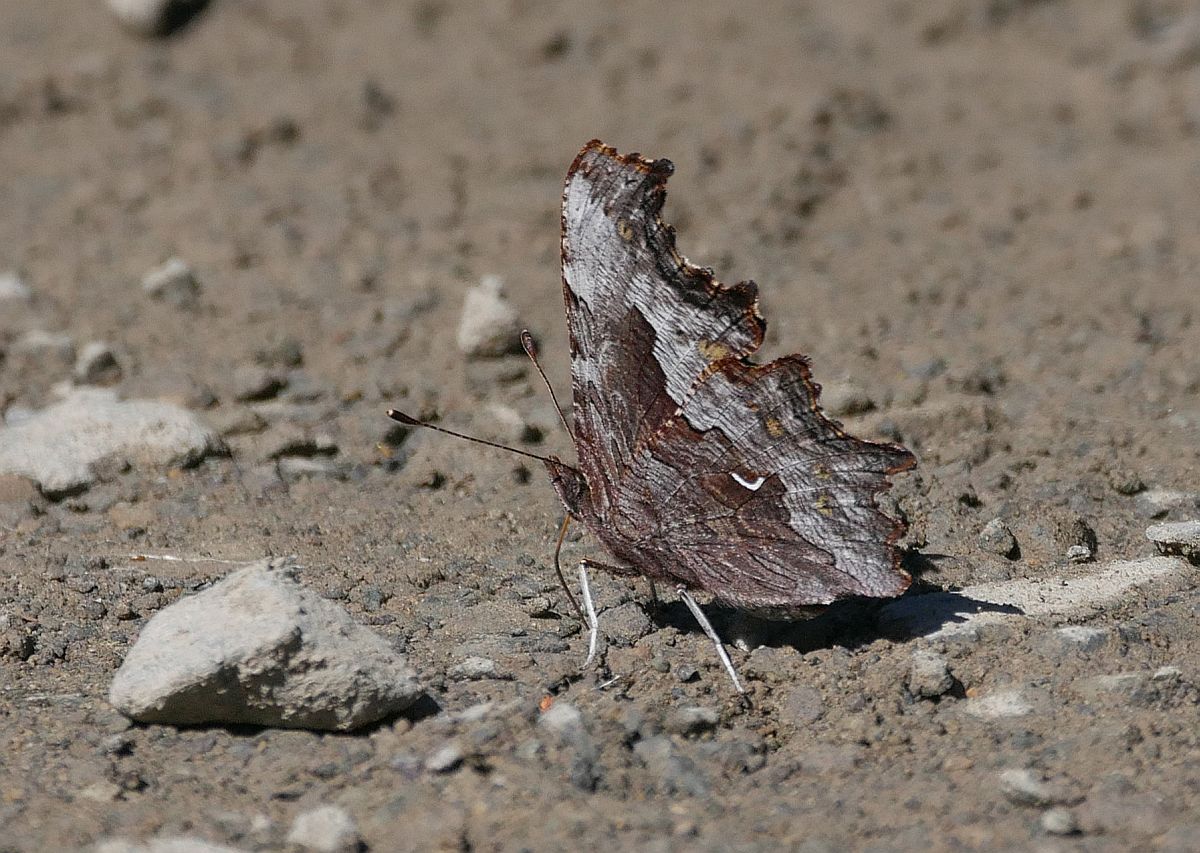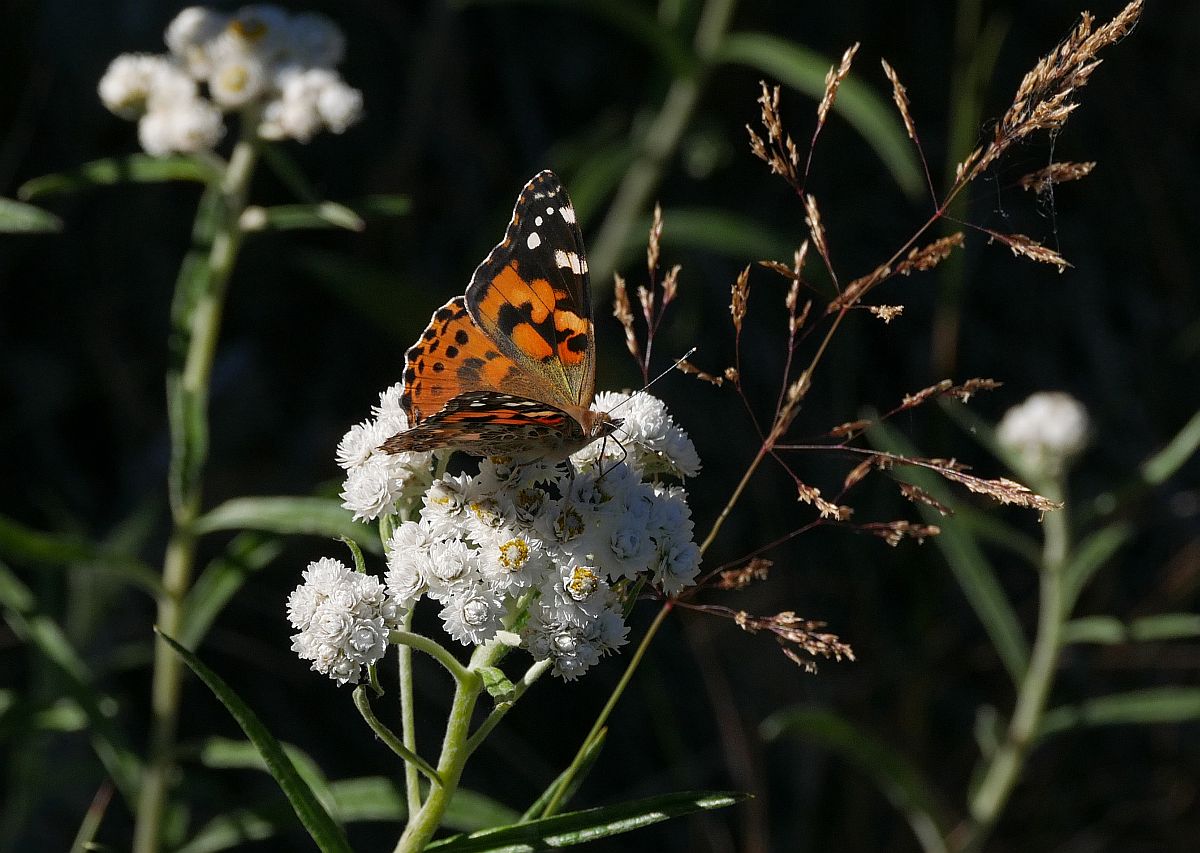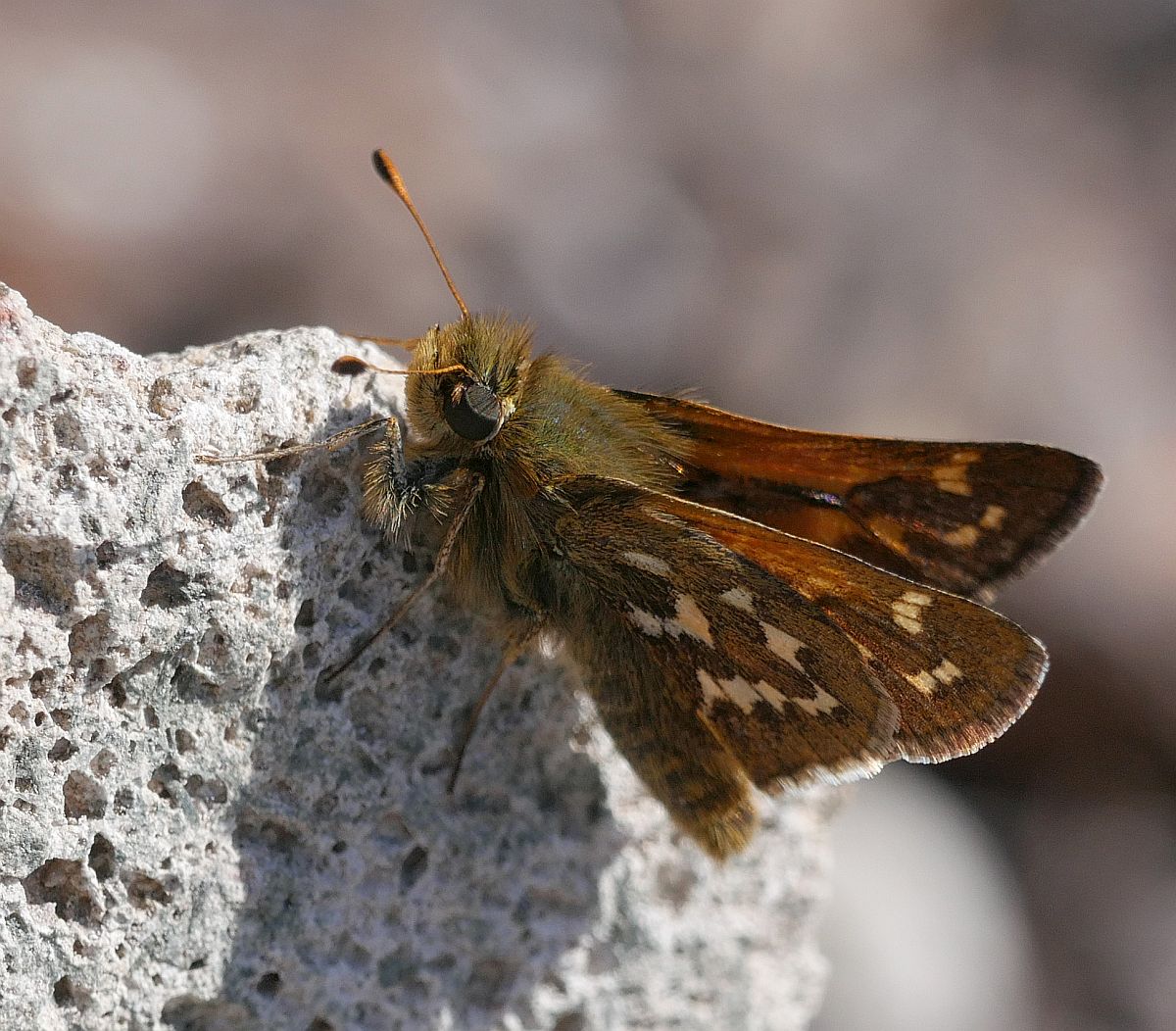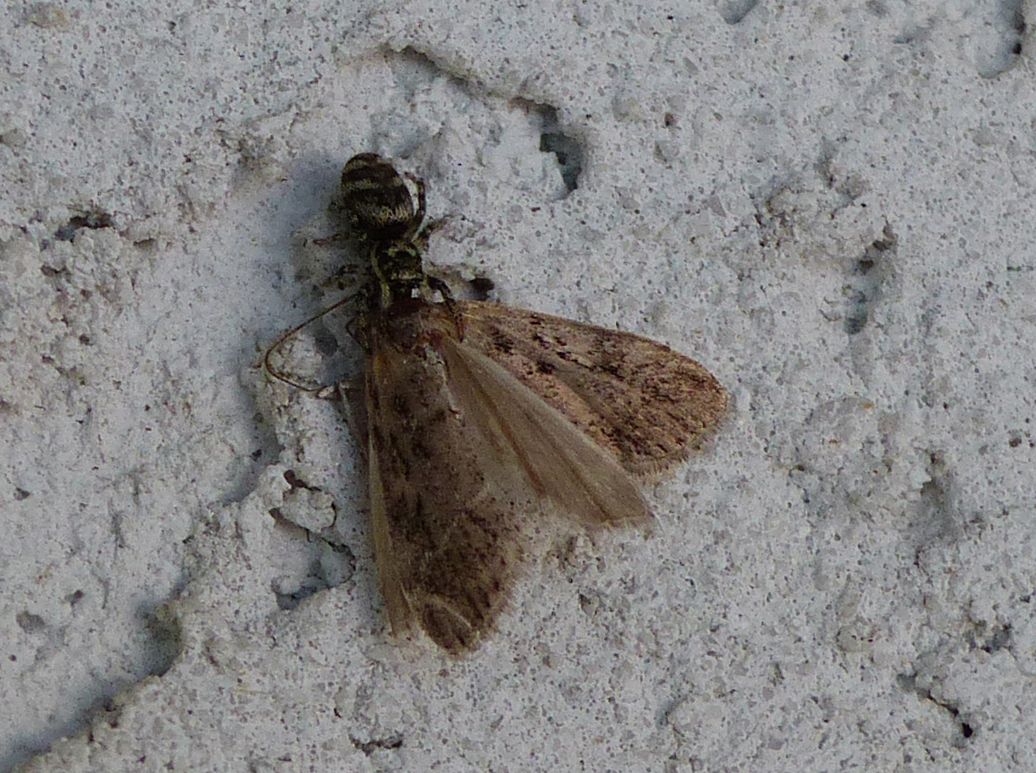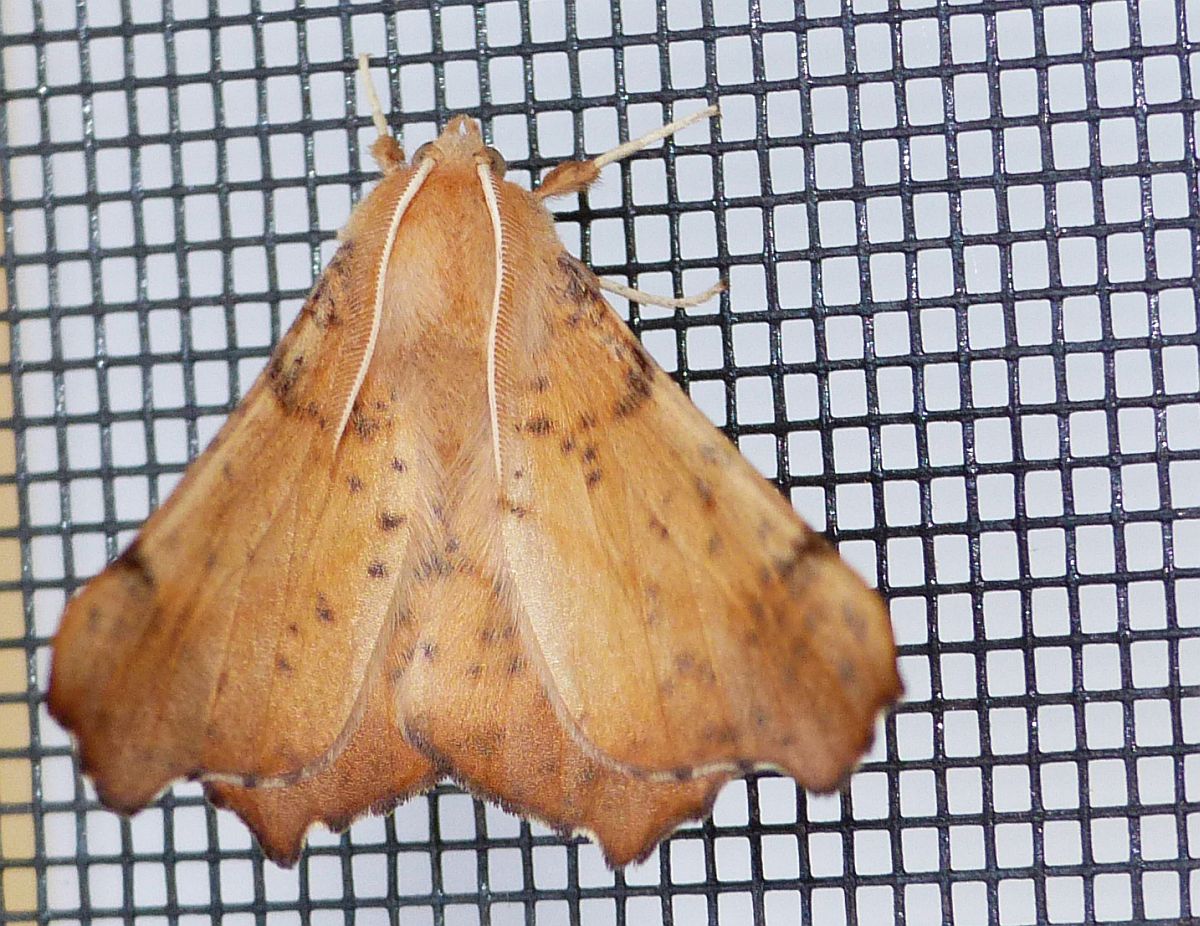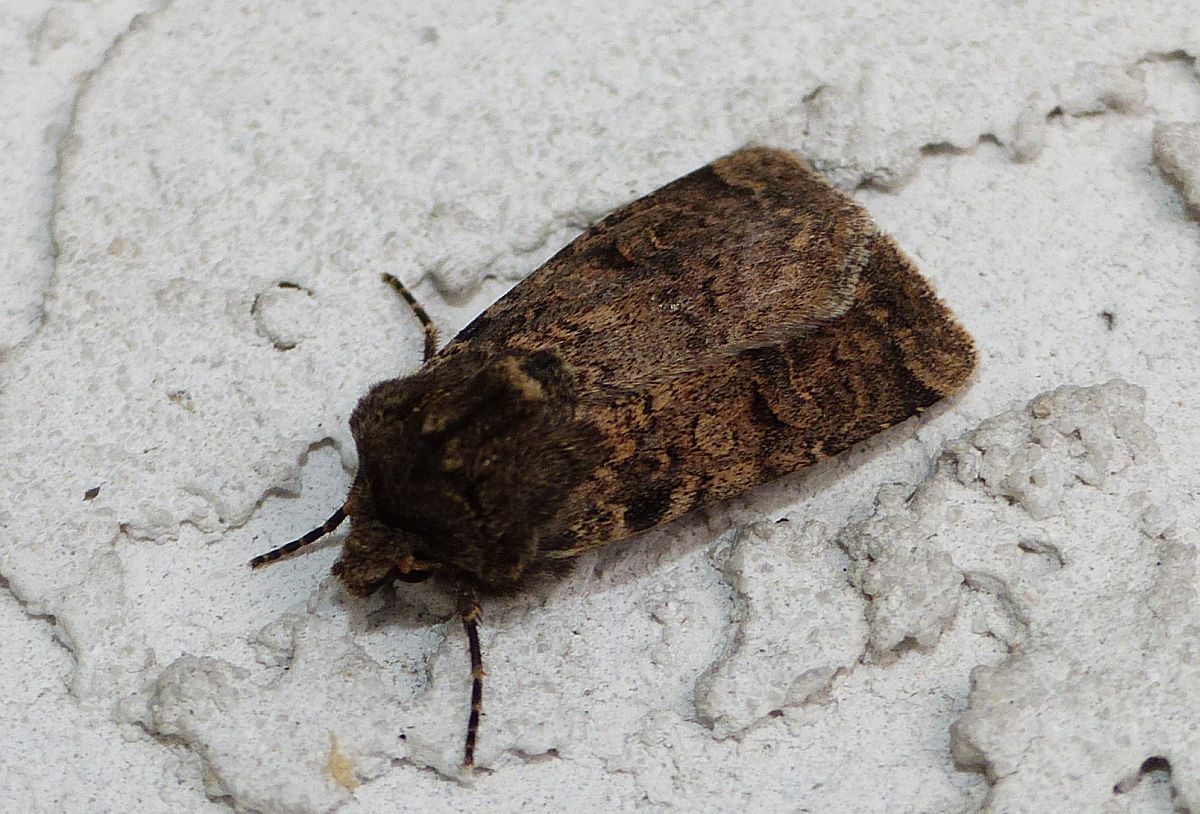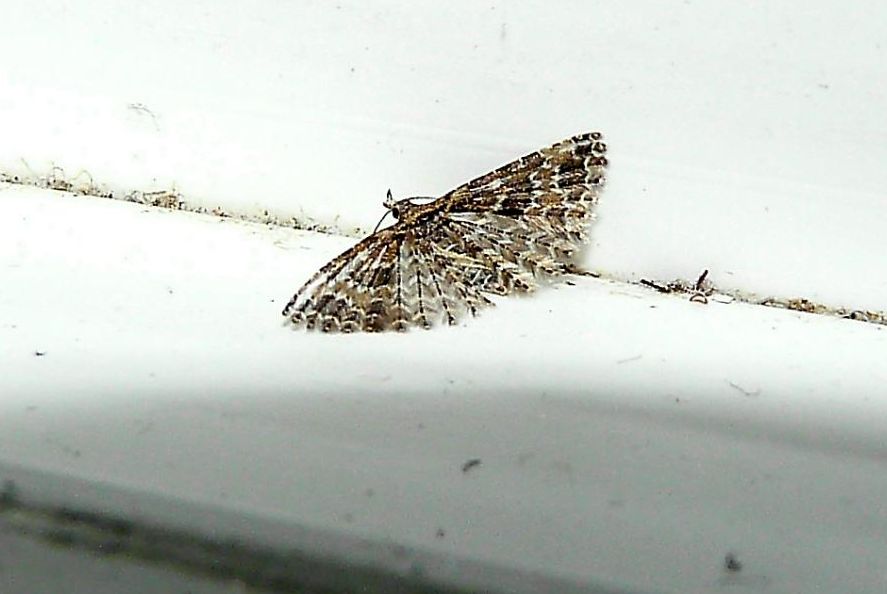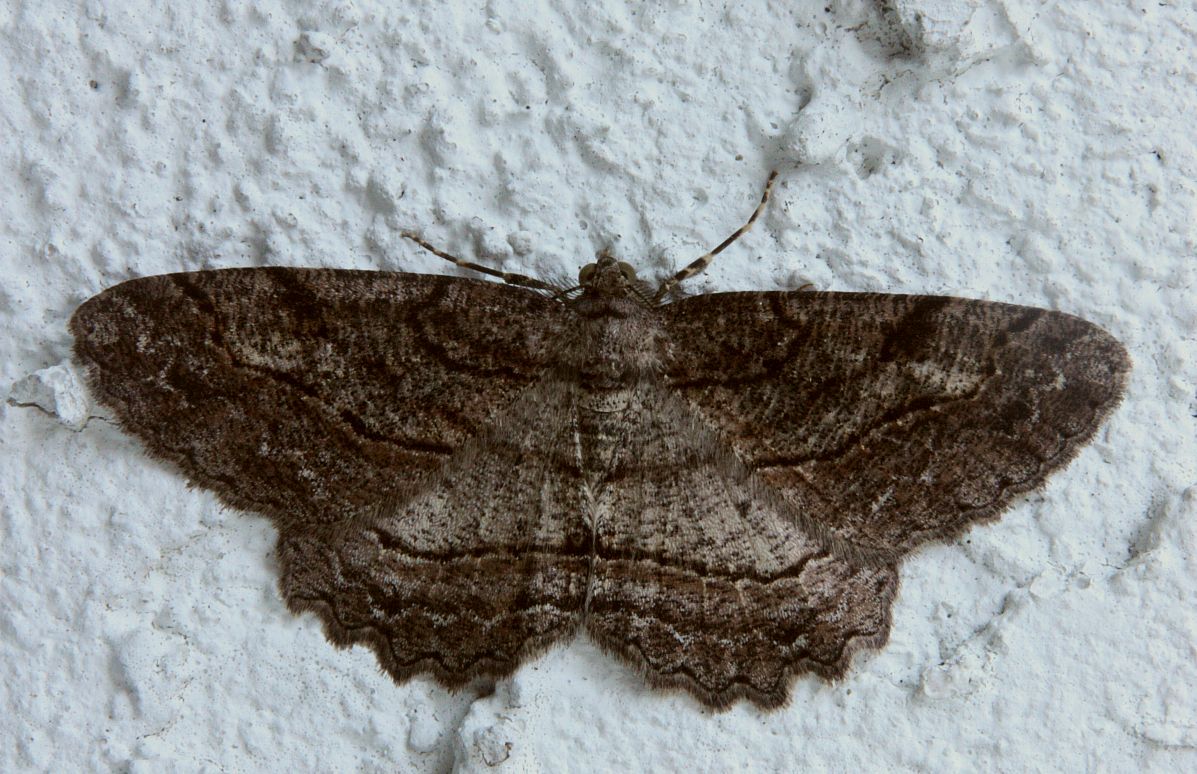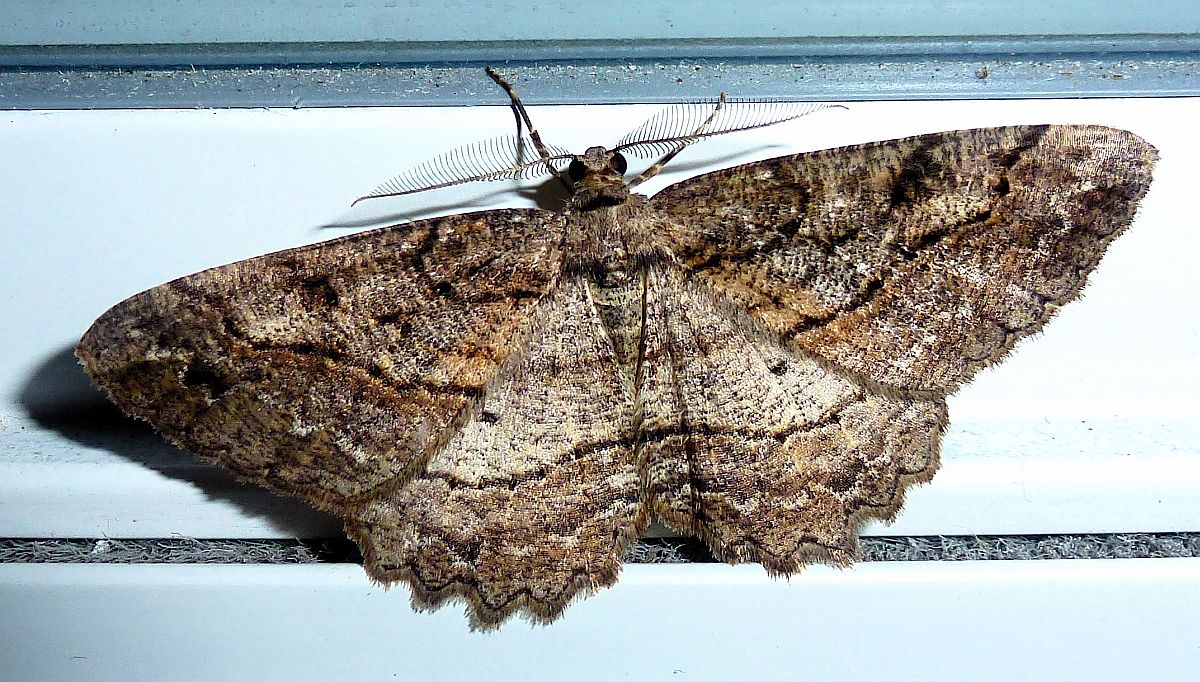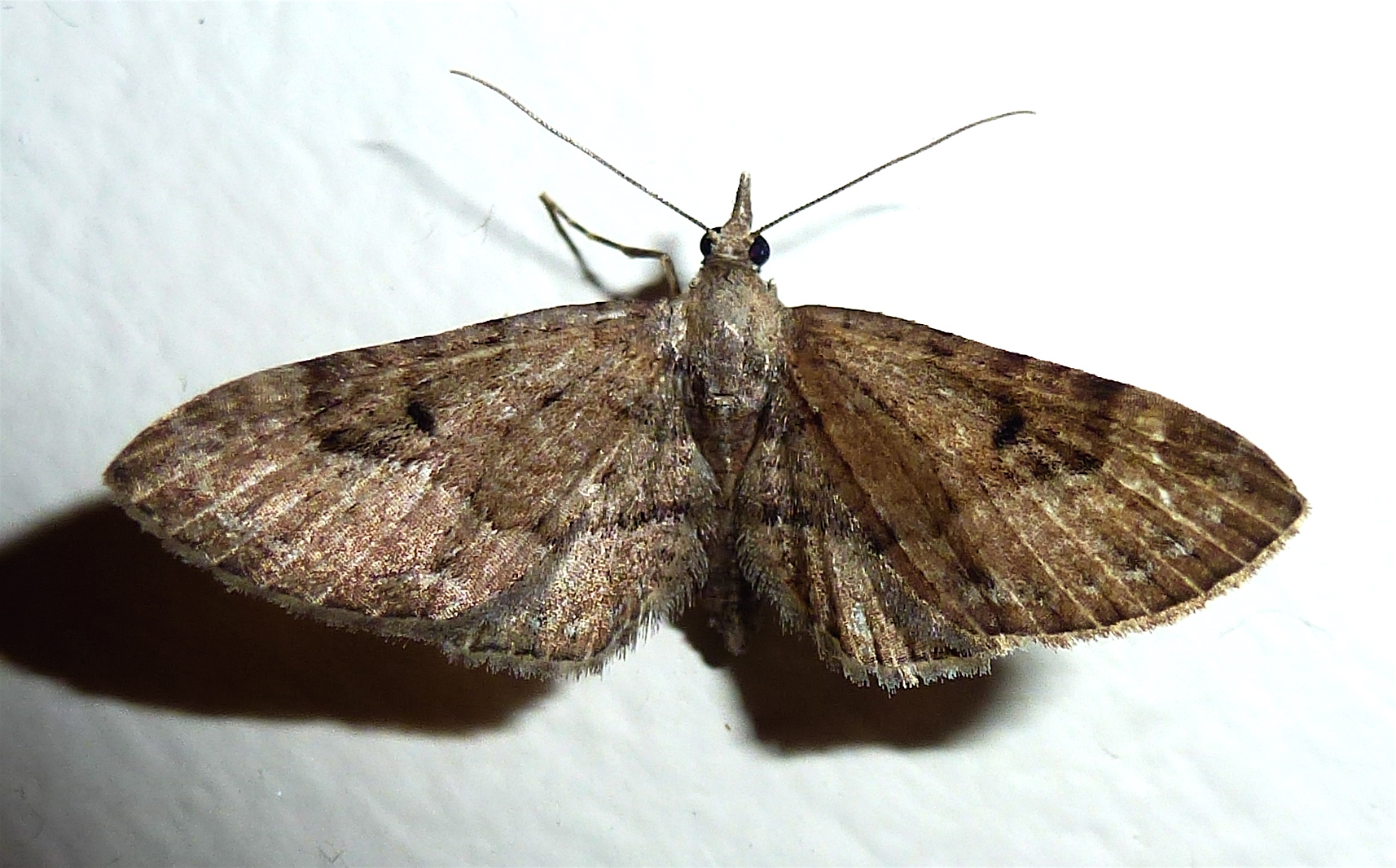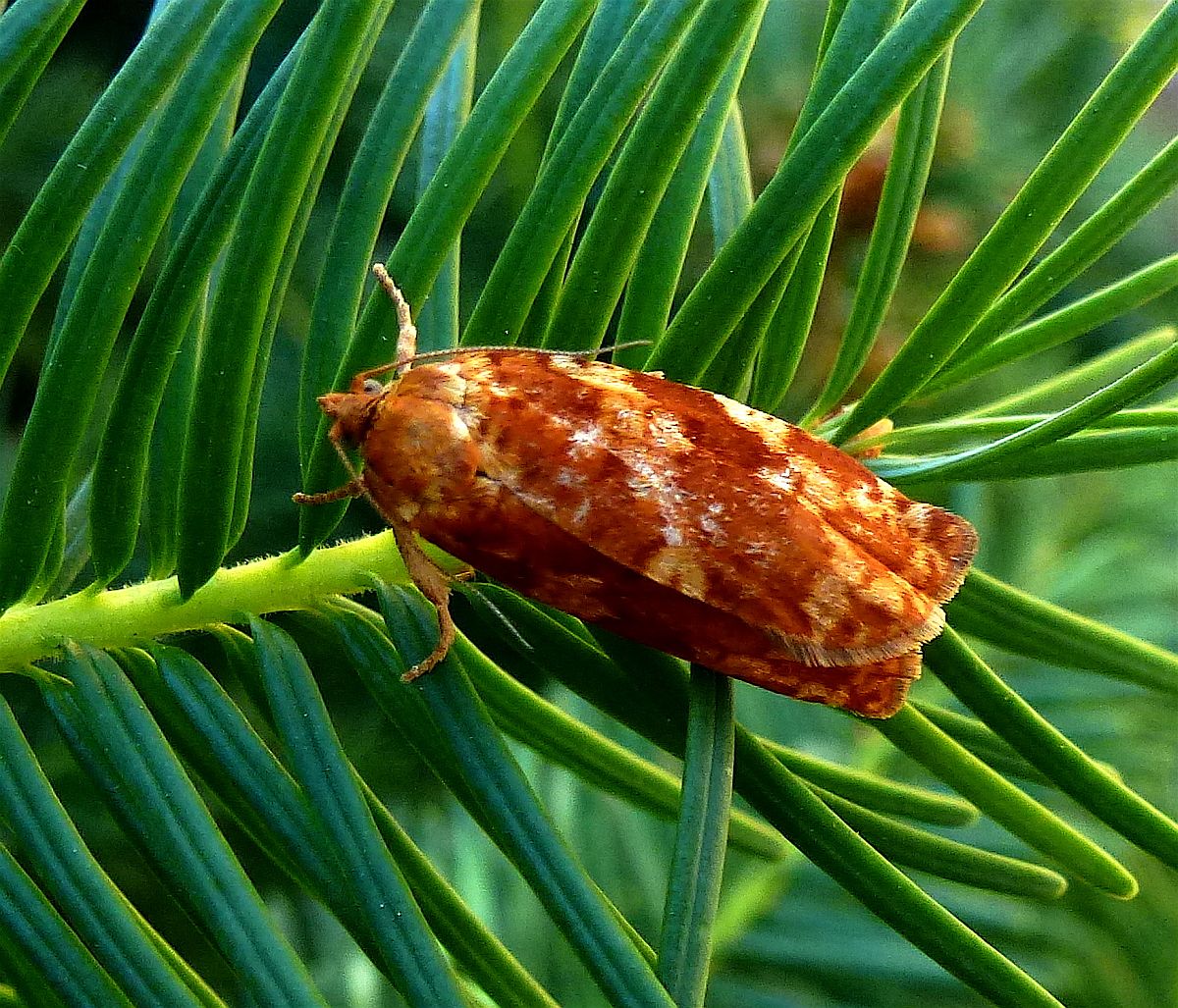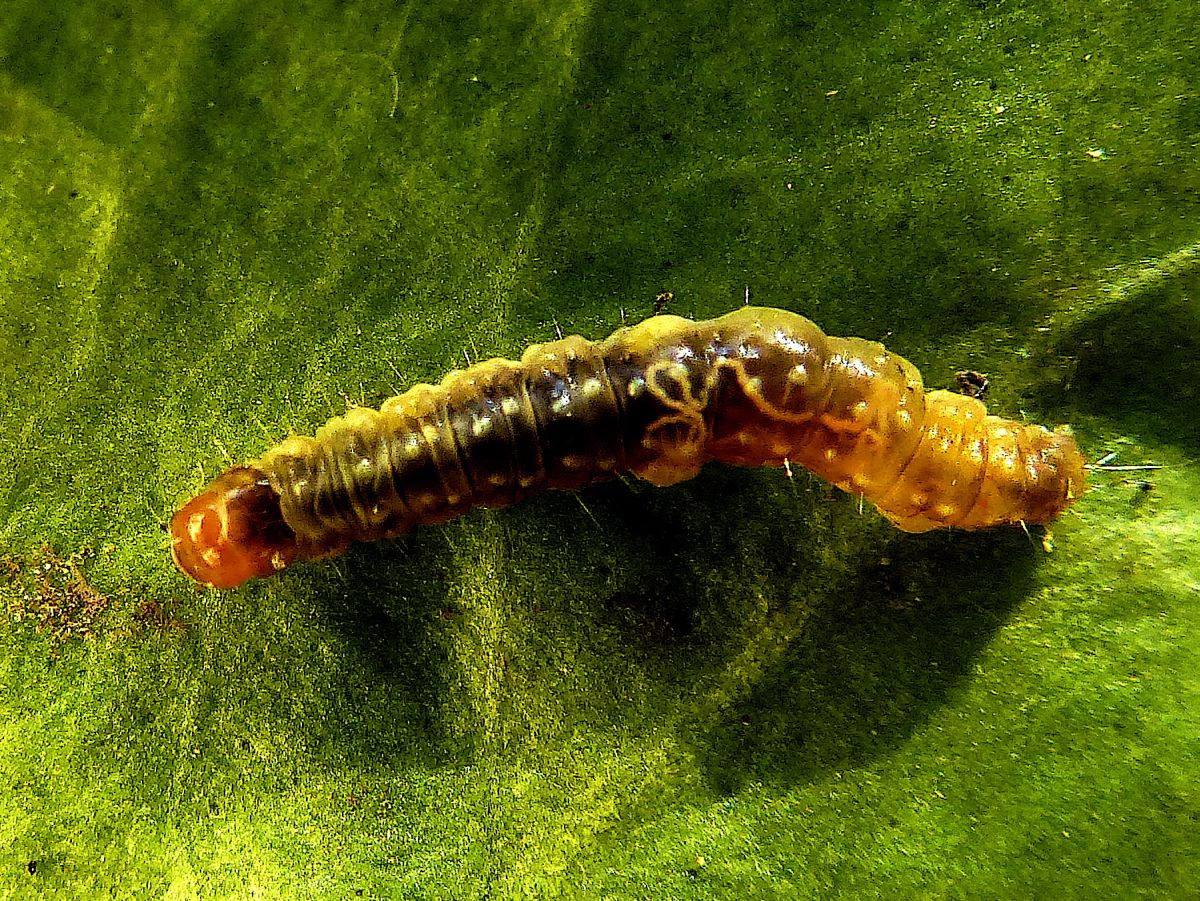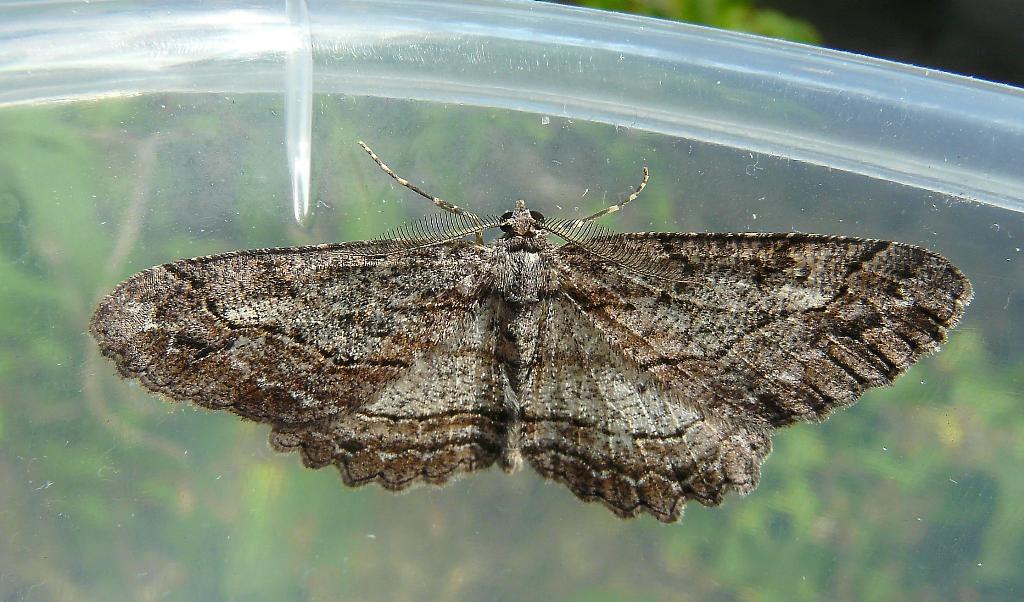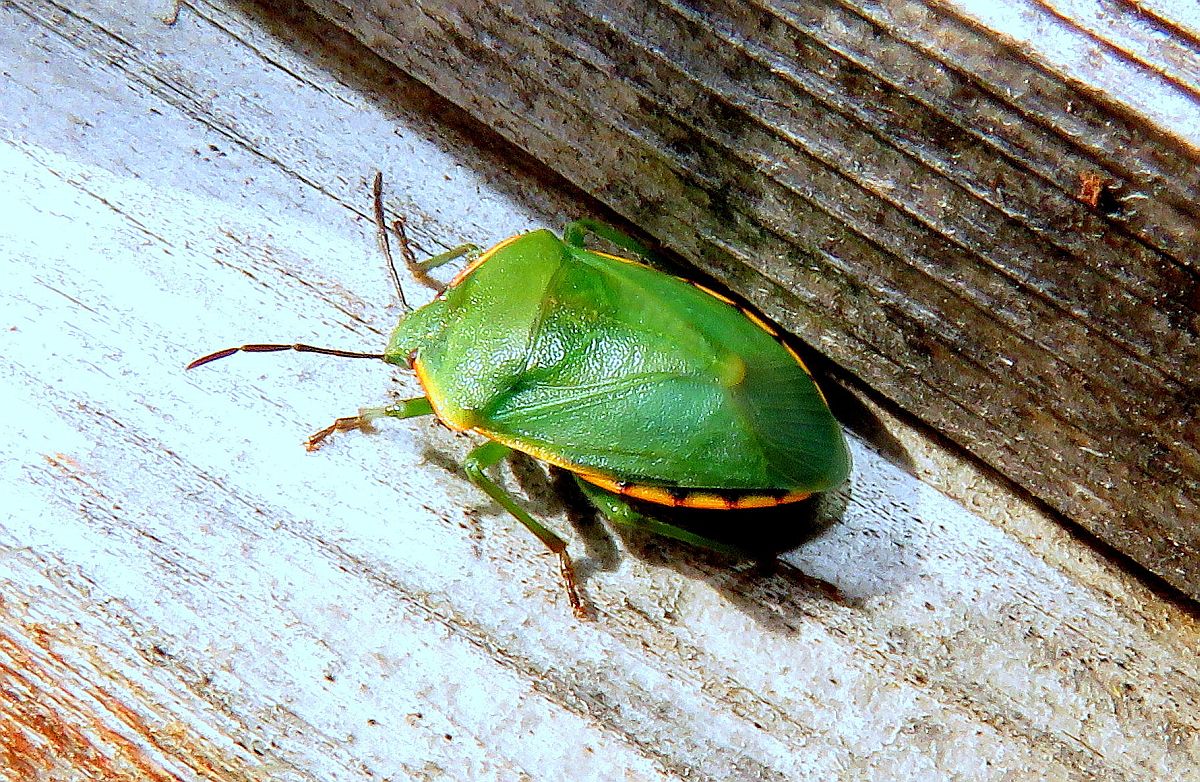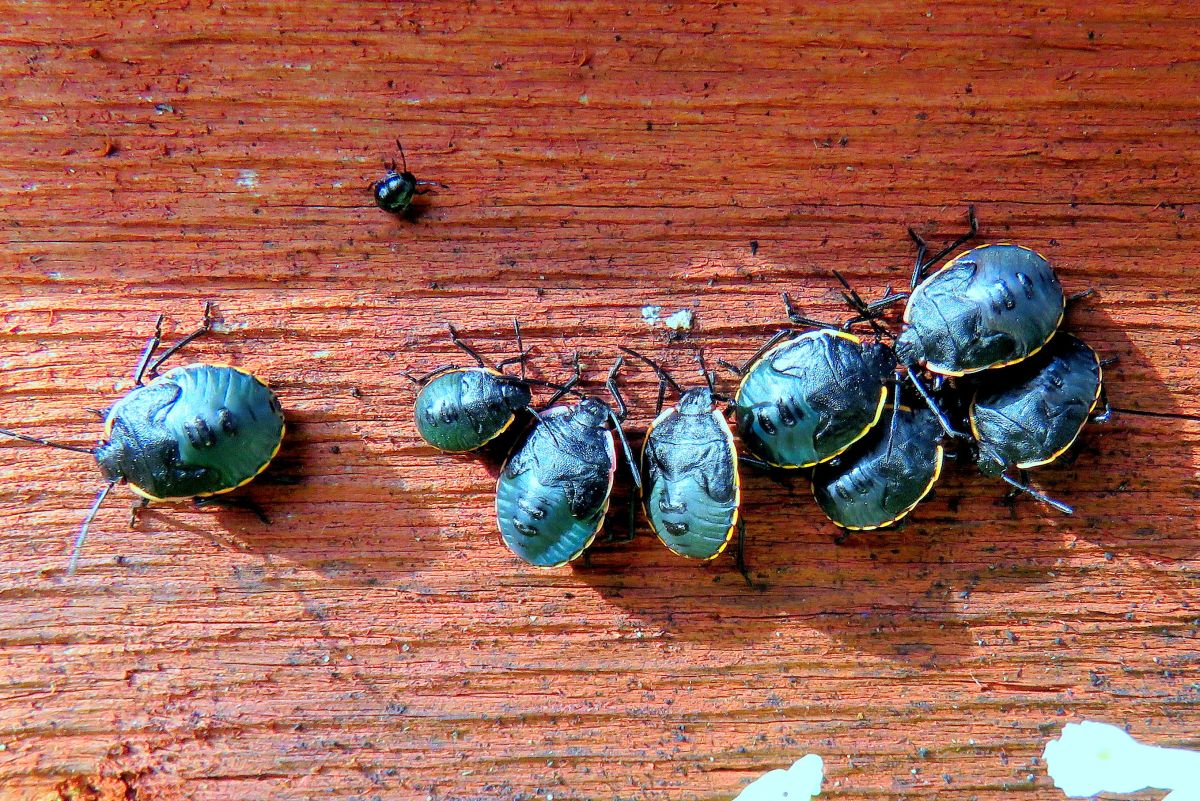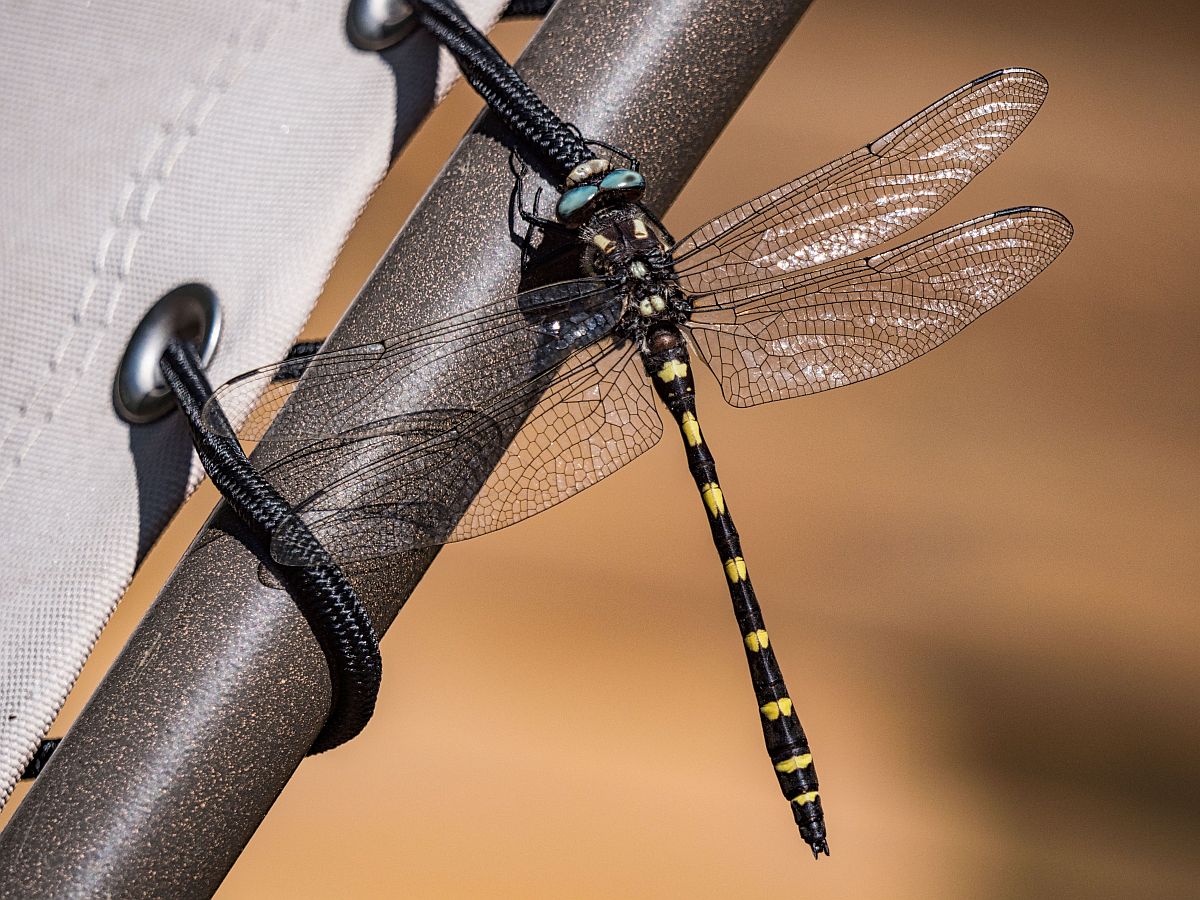2017 August 29
Jeremy Gatten sends a couple of photographs and he writes: The first is from the morning of August 26th at my place in Saanichton: Brachylomia populi. This species is primarily considered to be an east of the Cascades/Coast Mountains species, but there are some records from the west side. For all I know, there might not be any previous records for Vancouver Island. The next species is from the wee hours this morning (August 28th), also from my place. It didn’t take long for me to figure out it was Euxoa perexcellens. From the last few days I’ve had Tolype distincta, Euxoa obeliscoides and E. xanthographa, which are all attractive moths. Too bad the latter species is introduced.

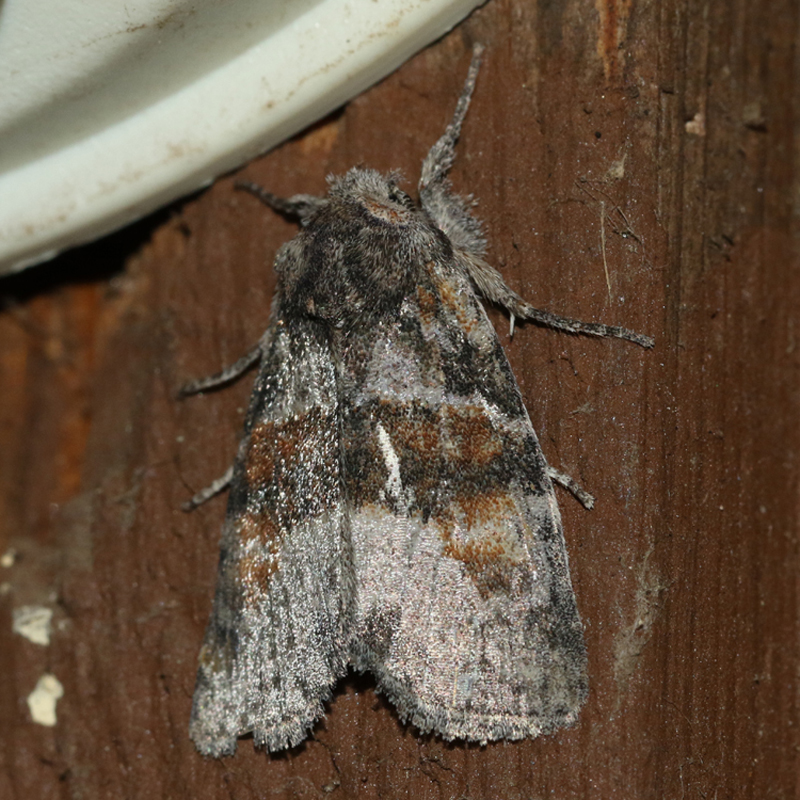
Brachylomia populi (Lep.: Noctuidae) Jeremy Gatten

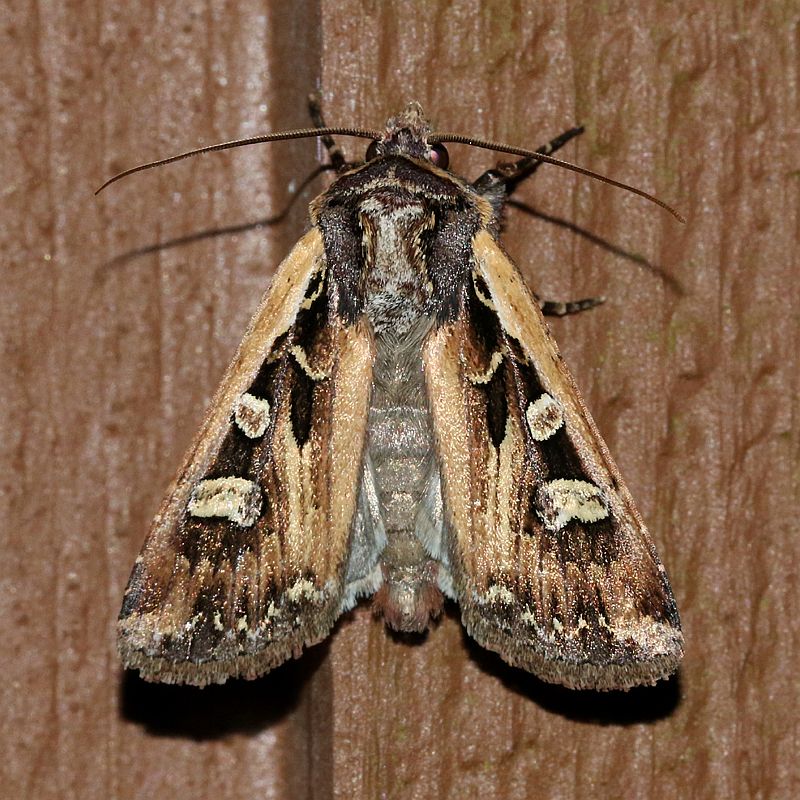
Euxoa perexcellens (Lep.: Noctuidae) Jeremy Gatten
Jeremy Gatten continues: I should also add that I had an Orange Sulphur at Island View Beach in the back fields (i.e., west of the beach and past the "wall" of hawthorn and shrubs). Additionally, plenty of Vancouver Island Ringlets (Large Heaths) were present, along with many Woodland Skippers and a single Red Admiral.
Jeff Gaskin writes: This morning, August 29, a Lorquin’s Admiral was seen by myself and the Tuesday Group at Swan Lake below the Saanich Municipal Hall.
Jeremy Tatum asks: What is worse than finding a worm in your apple? Answer: Finding half a worm. The “worm” in question is the caterpillar of the Codlin Moth. I found a whole one yesterday in a pear grown in Saanich. A “codlin” was a variety of cooking apple, not often seen today – or at least not under that name. The name “codling moth” is a misspelling.

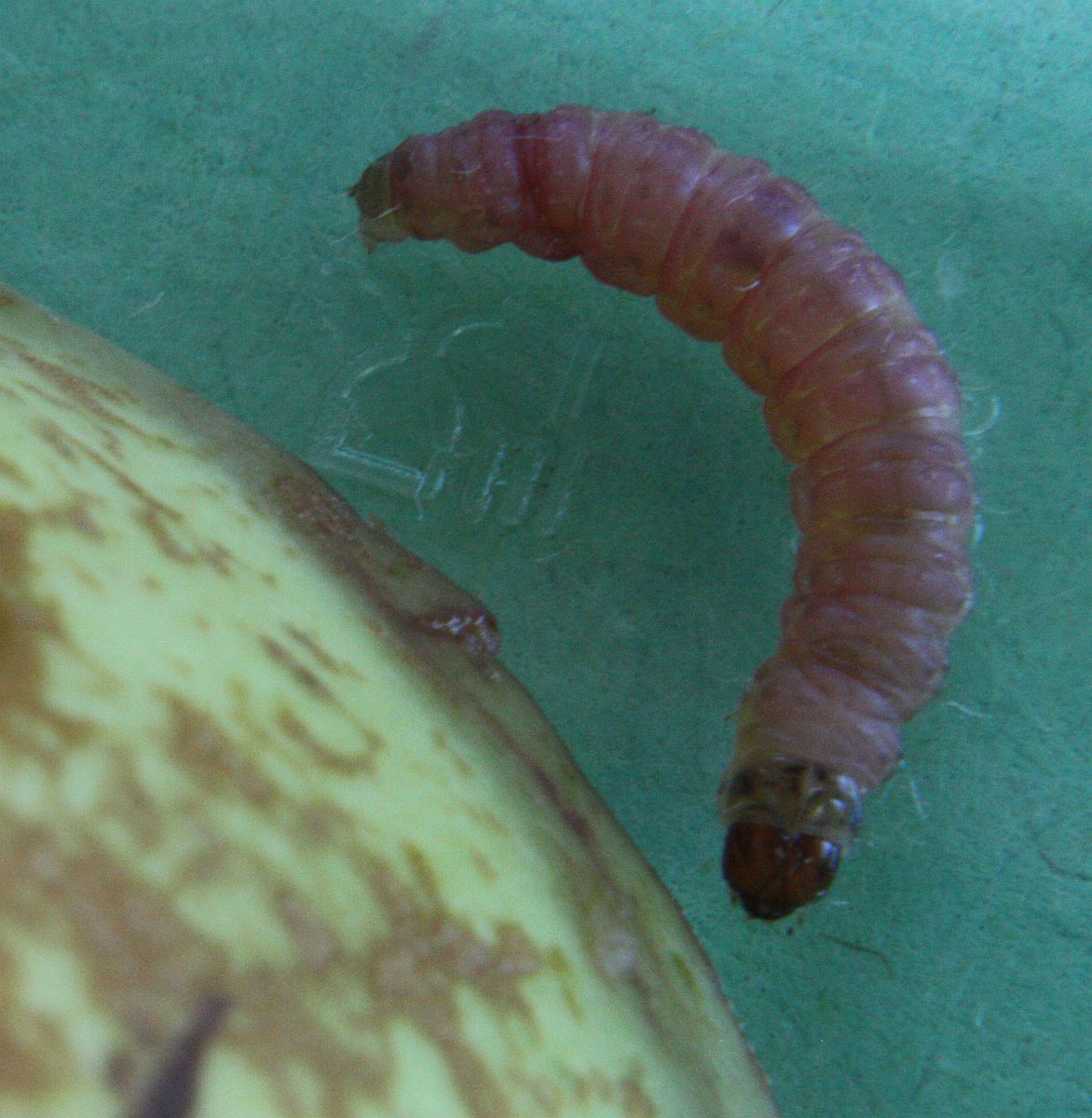
Codlin Moth Cydia pomonella (Lep.: Tortricidae) Jeremy Tatum
Scott Gilmore writes from Upper Lantzville: I found this huge caterpillar on Red Alder on Sunday 27th. Jeremy Tatum replies: It is a Rough Prominent. The usual foodplant is oak, though it is occasionally found on alder. The yellow mandibles, seen so well on the second photograph, are a distinguishing feature.

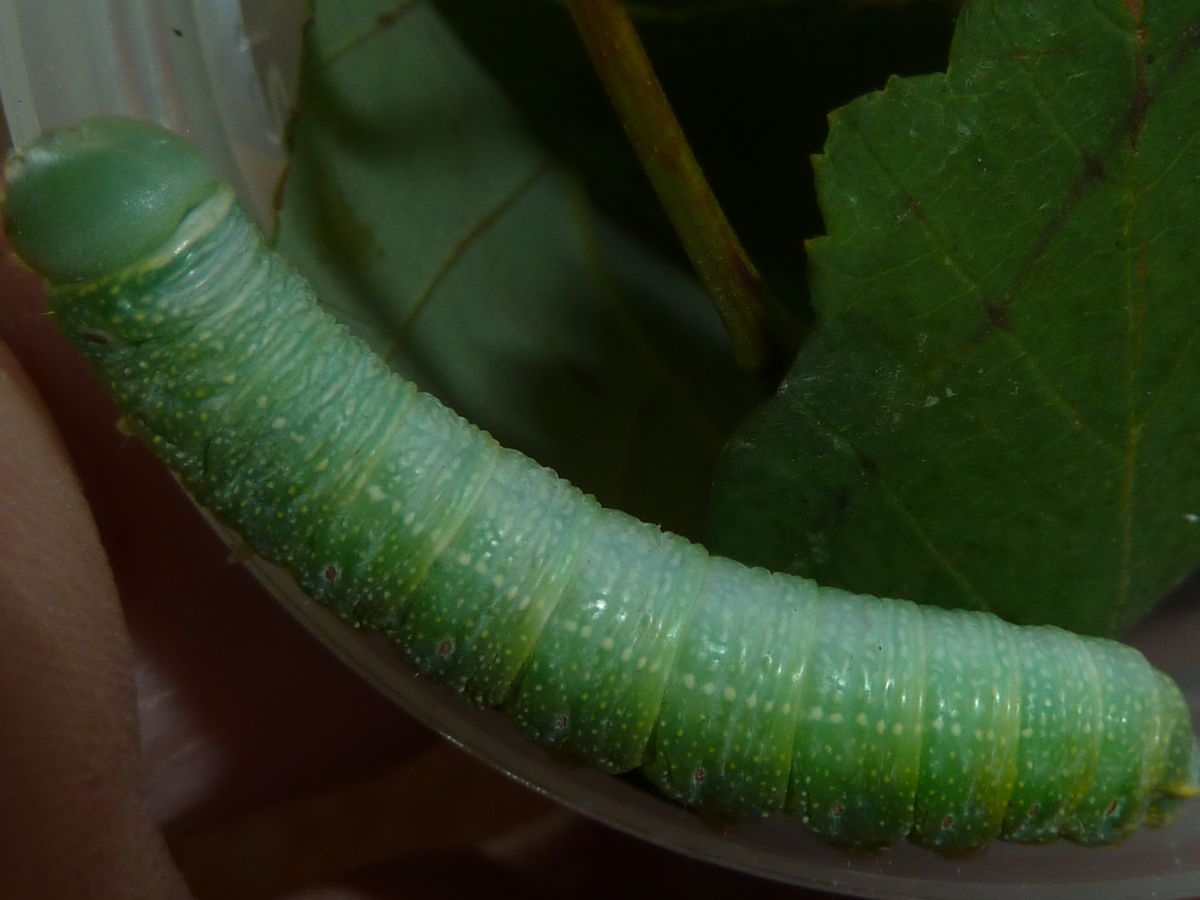
Rough Prominent Nadata gibbosa (Lep.: Notodontidae) Scott Gilmore

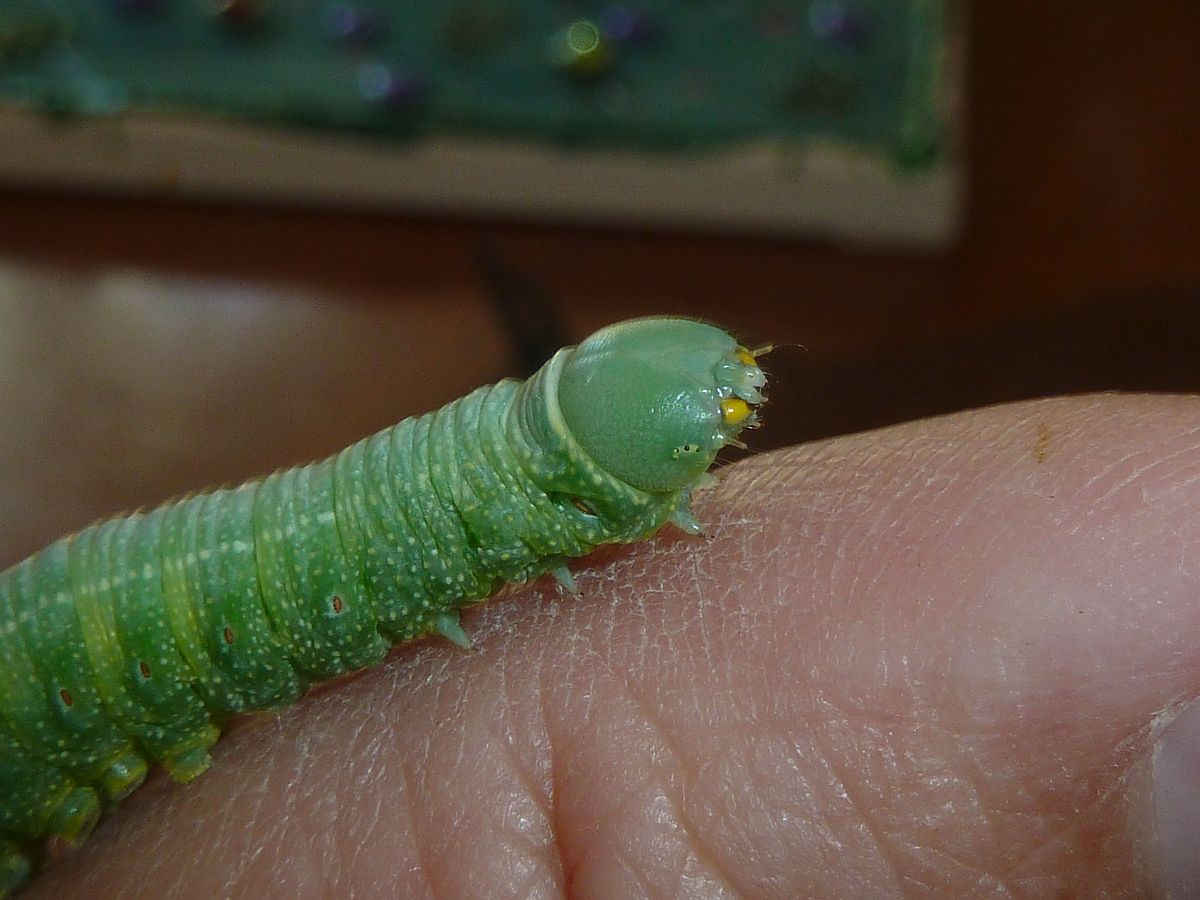
Rough Prominent Nadata gibbosa (Lep.: Notodontidae) Scott Gilmore

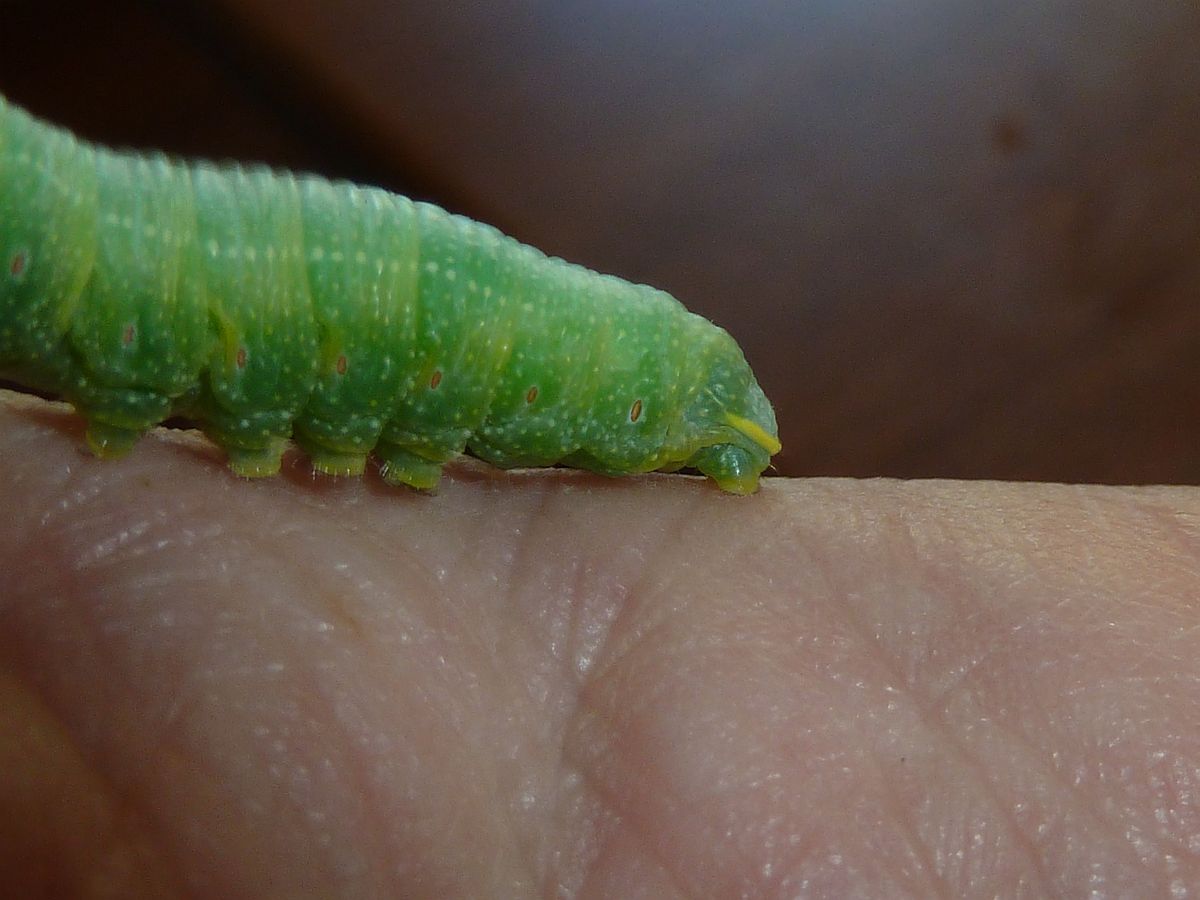
Rough Prominent Nadata gibbosa (Lep.: Notodontidae) Scott Gilmore
The end….
More pictures and observations tomorrow.

